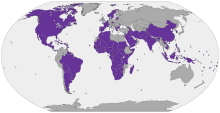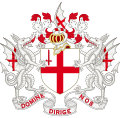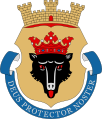
A motto (derived from the Latin muttum, 'mutter', by way of Italian motto, 'word' or 'sentence') [1] [2] [3] [4] is a sentence or phrase expressing a belief or purpose, [1] or the general motivation or intention of an individual, family, social group, or organization. [2] [4] Mottos (or mottoes) [1] are usually found predominantly in written form (unlike slogans, which may also be expressed orally), and may stem from long traditions of social foundations, or from significant events, such as a civil war or a revolution. One's motto may be in any language, but Latin has been widely used, especially in the Western world.




